Alvarinho Route
 Monção and Melgaço
Monção and Melgaço
From a single vine variety that grows only in the Iberian Peninsula.
Extremely limited production, and therefore, unique.
 Monção and Melgaço
Monção and Melgaço
From a single vine variety that grows only in the Iberian Peninsula.
Extremely limited production, and therefore, unique.
 Monção
Monção
Six kilometers south of Monção, within a vast rural estate extended over 18 hectares of vineyards, 8 hectares of woods eight and 3 hectares of gardens.
This sumptuous palace is a landmark of the Portuguese noble houses.
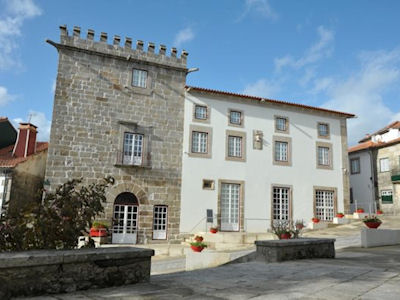 Ponte de Lima
Ponte de Lima
The Green Wine Interpretation Centre and Promotion - CIPVV is officially open.
Housed in the historic center of the oldest “Vila “(small town) of Portugal, CIPVV opens from Tuesday to Sunday, from 10.00 to 12.30 and from 14.00 to 18.00.
 Alto Minho
Alto Minho
The stunning beauty of the Minho region is the setting for the Green Wine Route.
Travelling this route is to discover the origins and flavours of an ancient wine culture and dive deeply into the history of Portugal.
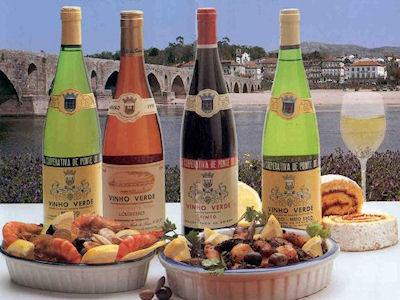 Ponte de Lima
Ponte de Lima
The Ponte de Lima Winery was founded in 1959.
This winery has obtained its quality certification NP EN ISO 9001, issued by APCER - Portuguese Certification Association, in 1998, becoming the first winery in the country awarded with this certification.
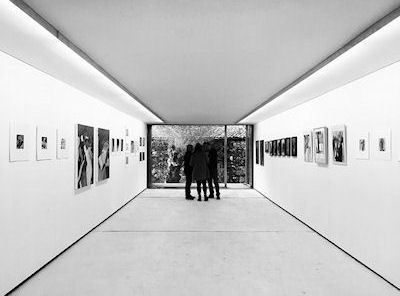 Caminha
Caminha
Arte na Leira is an art exhibition, taking place in the heart of the Arga Mountain in Caminha, half a dozen kilometers after the A28 exit towards "Arga", through the only existing road which offers us one of the most fantastic landscapes of the Minho and of the country.
One looks at the mountain from the sky.
 Vila Nova de Cerveira
Vila Nova de Cerveira
Focusing on art, culture and creativity as distinctive elements, Vila Nova de Cerveira has maintained over the years, a healthy and balanced relationship between cultural heritage and contemporary creation.
This symbolic capital led to the development of a distinctive signature - the Village of the Arts - which owes its origin to the host country's oldest Art Biennial, the Biennial of Cerveira.
 Braga
Braga
The Festival Encontros da Imagem was born in 1987 from an old association linked to the practices of photography and amateur cinema.
Over the twenty-five editions, the idea of the Festival Encontros da Imagem took shape, resetting itself progressively to adapt to the aesthetic and formal development of creative photography, which is the central subject of the Festival.
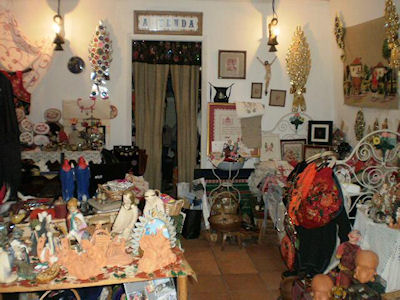
Viana do Castelo
A Tenda
Armanda Esperança
R. do Hospital Velho, 9
Viana do Castelo
Tel.: +351 258 822 813 Mobile: +351 919 103 324

Viana do Castelo
Museu e Fábrica de Louça Regional de Viana
Rua da Fábrica – Meadela
Tel.: +351 258 828 908
GPS: N 41º 42.217 W 08º 48.816
 Braga
Braga
The Bom Jesus do Monte, as we know it today is the result of multiple architectural interventions, combined with a significant effort of aesthetic update that since the late fifteenth century, have reaffirmed the religious vocation of this space.
Several artists from Braga took part in its construction, especially during the Baroque period, as the scenic feature of the staircase and the concept of pilgrimage site was accentuated in this time.
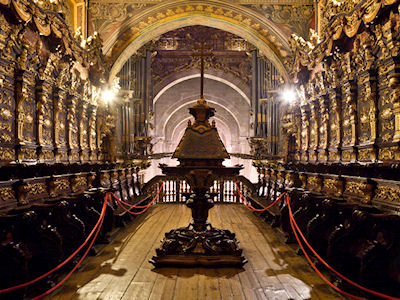 Braga
Braga
According to tradition, the Archdiocese of Braga dates back from the 3rd century; but history only confirms its existence since the year 400. The present building was built over on another religious building that was possibly the previous cathedral.
It was with Bishop Pedro (1070-1093) that began the building of the current cathedral. After him almost all his successors wanted to leave their mark, whether in small changes or major works.
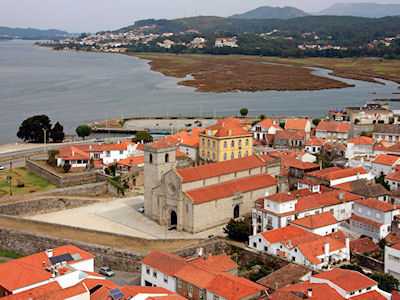 Caminha
Caminha
The Parish Church of Caminha, also known as the Church of Our Lady of the Assumption, is one of the most import religious buildings in northern Portugal.
Structurally following the three naves fortified-church Gothic model with a tower topped by battlements, this temple’s construction begun around 1488, and it depicts only a few Manueline style characteristics in the headboard and Mudéjar ceiling.
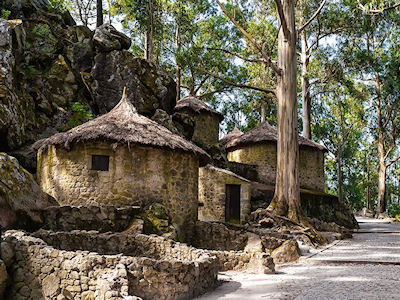 Esposende
Esposende
The Castro de S. Lourenço is a fortified settlement, dating back from the 4th century B.C.
Since the 2nd century B.C., homes were built in terraces all over the mountain. The excavated area showed the existence of housing units, which are often surrounded by a granite pavement. Three walls assure the inhabitants’ protection.
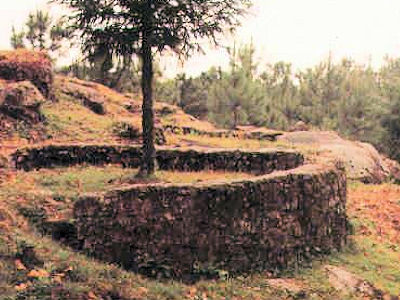
Ponte de Lima
Despite the excavated area is relatively small, taking into account its full extension, several elements were discovered, adding a number of testimonies that we consider very important for the knowledge of the Chester problematic since its beginning to its miscegenation with the Roman culture.
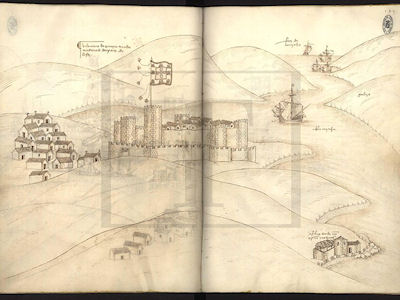 Castelo de Vila Nova de Cerveira
Castelo de Vila Nova de Cerveira
It was built in 1320, by order of King D. Dinis, to defend the newly created settlement of Vila Nova de Cerveira.
Oval, with a 260 meters perimeter, a major axis of 90 meters and a minor of 65, the Cerveira Castle is defended by eight square towers, five of them facing south, as this was the easiest attack point.